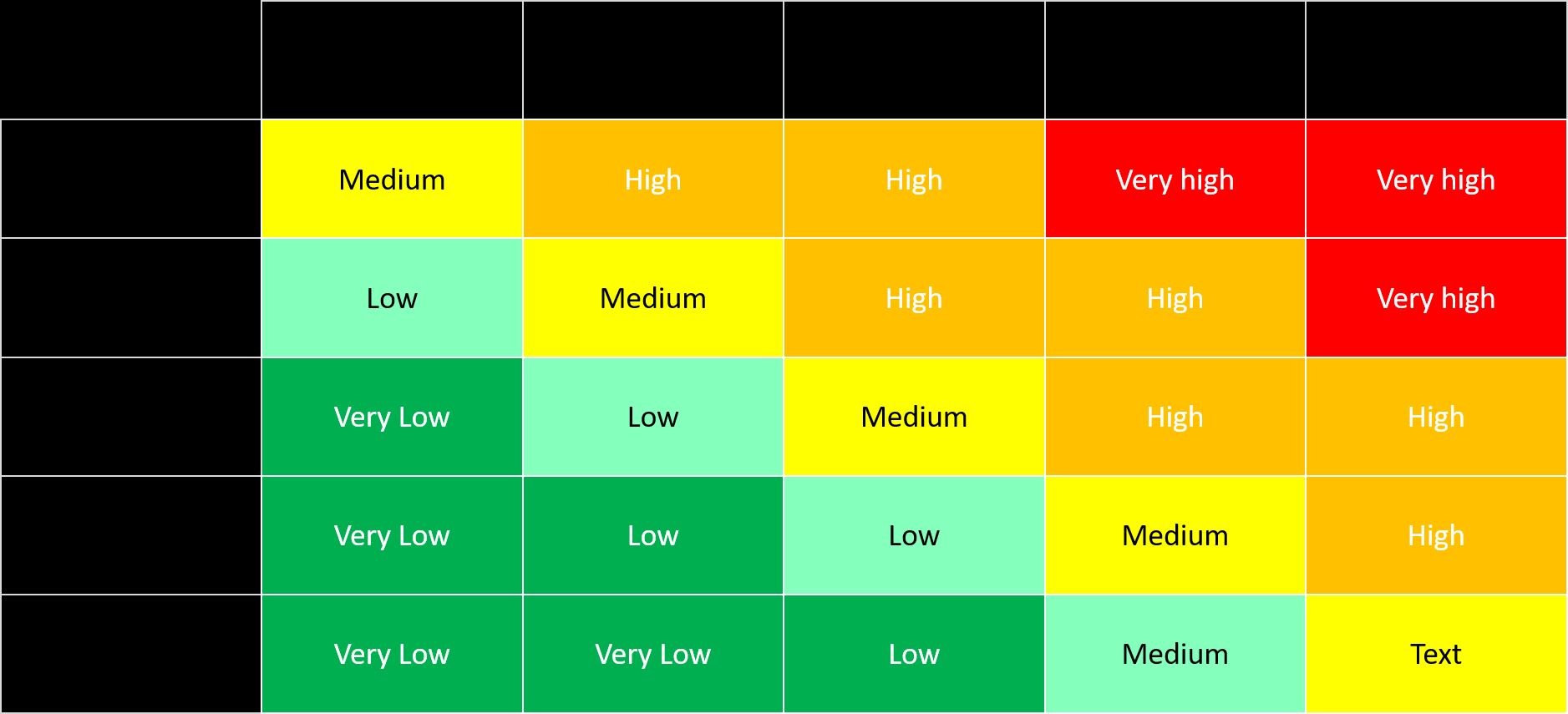

Finance
Truncation Definition
Published: February 11, 2024
Discover the meaning of truncation in finance. Learn how this concept is used to simplify complex calculations and analyze financial data.
(Many of the links in this article redirect to a specific reviewed product. Your purchase of these products through affiliate links helps to generate commission for LiveWell, at no extra cost. Learn more)
What is Truncation?
Truncation is a term that is commonly used in language, mathematics, and database management. In simplest terms, truncation refers to the act of shortening or cutting off something. In the world of SEO (Search Engine Optimization), truncation is a technique used to broaden search queries by removing some characters from the end of a keyword or phrase. This allows search engines to search for various forms of a word or phrase, making it easier for users to find relevant information.
Key Takeaways:
- Truncation is the process of shortening or cutting off something.
- In SEO, truncation is a technique used to broaden search queries by removing characters from the end of a keyword or phrase.
Now, you might be wondering why anyone would want to truncate a keyword or phrase. Well, let me explain.
The Power of Truncation in SEO
Truncation is a particularly useful technique in SEO because it allows you to target a wider range of search queries without having to create separate content for each variation of a word or phrase. By truncating a keyword, you can capture different variations of the same word, including plurals, verb forms, and other related terms. This means that your content has a higher chance of being discovered by users who are searching for related but slightly different terms.
For example, let’s say you have a website about dog training. By using truncation, you can target not only the exact keyword “dog training,” but also variations such as “dog trainer,” “dog trainers,” “train dogs,” and so on. This allows your website to appear in search results for a wider range of search queries, increasing your visibility and potential organic traffic.
To effectively use truncation in your SEO strategy, it’s important to understand the rules and patterns that apply to different languages. For example, in English, adding an asterisk (*) or question mark (?) to the end of a word can indicate truncation. However, different languages may have different truncation patterns, so it’s important to do your research and tailor your strategy accordingly.
In addition to using truncation in keyword research, you can also apply it in other aspects of SEO, such as title tags, meta descriptions, and URL structures. By incorporating truncated keywords into these elements, you can improve the relevance and visibility of your content in search engine results pages.
So, next time you’re optimizing your website for search engines, don’t forget the power of truncation. By effectively truncating keywords and phrases, you can broaden your reach and attract more organic traffic to your website.














